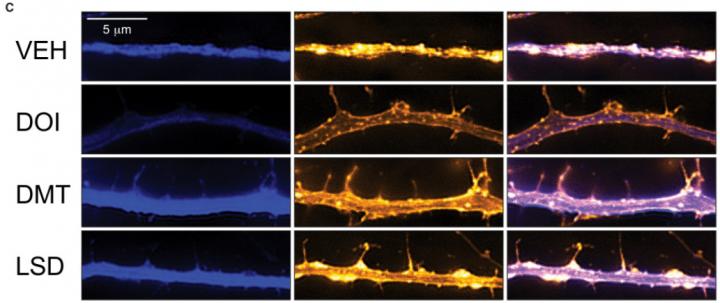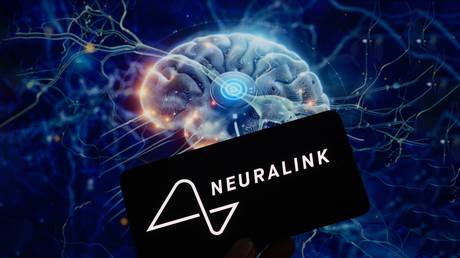LSD and DMT Caused the Brain to Form New Connections in Flies and Rats
This story is part of When the Drugs Hit, a Motherboard journey into the science, politics, and culture of today's psychedelic renaissance. Follow along here .
LSD and DMT have long been substances of choice in the psychonaut community, and with good reason. Both of these substances are known to profoundly alter a user’s mental state and result in vivid hallucinations. Yet due to a decades-long moratorium on psychedelic research in the United States, researchers still don’t have a very good picture of how these mind-altering drugs are actually affecting the brain at a physical level.
In a new study published today in Cell Reports, researchers at the University of California, Davis, administered LSD, DMT, and other psychedelic drugs to flies and rats and found that many of these substances—particularly LSD—resulted in neurons forming more synapse connections in the animals’ brains. These results are particularly encouraging because they suggest that psychedelics, or substances like them, may be quite effective in treating depression, anxiety, and post-traumatic stress disorder.
According to UC Davis biochemist David Olson, one of the main signs of depression is that the parts of a neuron that branch out to form connections with other neurons (collectively known as neurites) tend to “shrivel up” in the prefrontal cortex, an area of the brain that is critical in regulating emotion and anxiety. As such, researchers in molecular psychiatry have focused on finding substances that are able to promote neurite growth, or “neuroplasticity,” to counteract the effects of depression and anxiety on the structure of the brain.
In this respect, Olson and his colleagues write that ketamine has “shown the most promise in recent years” for treating depression and addiction because it works fast and is effective in patients that haven’t had success with other forms of treatment. The downside of ketamine, however, is that it is addictive and thus has a potential for abuse. Since many psychedelics have demonstrated a low addiction potential, yet similar antidepressant properties to ketamine, they seemed like a promising avenue for promoting neurite growth as a way to fight depression, anxiety, and post-traumatic stress.

This image shows the effects of various drugs on neuron growth versus a control (VEH). Image: UC Davis



